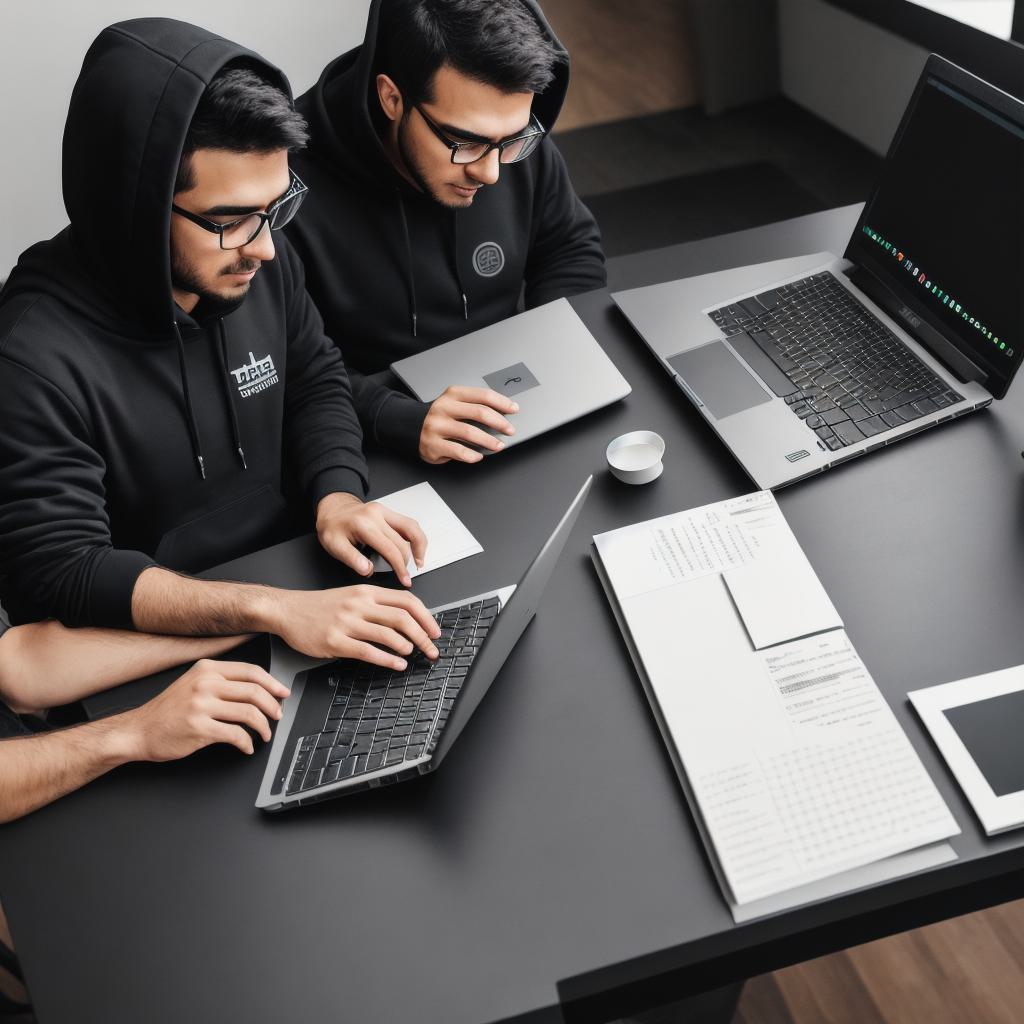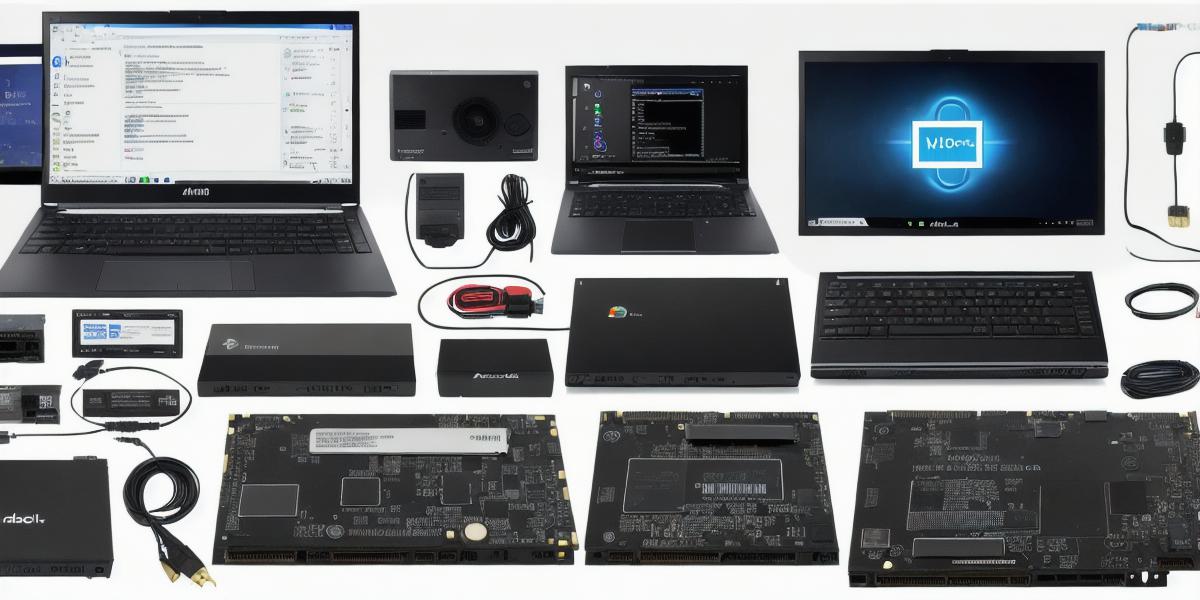Android app development has gained immense popularity in recent years due to its vast potential audience and capabilities. With billions of active users, it’s no surprise that developers are flocking to this platform. However, before diving into the world of Android app development, it’s essential to understand the hardware requirements necessary for this field. In this guide, we will explore the minimum hardware specifications required for Android development using laptops, tablets, smartphones, and Android Studio.
Laptops are still the most common choice for Android development due to their processing power, memory, storage space, comfort, and accessibility. Laptops offer more benefits compared to tablets and smartphones, including faster code execution, easier debugging, and more comfortable working position. Popular laptops used for Android development include Dell XPS, Lenovo ThinkPad, and HP Spectre x360. These laptops are designed with powerful processors and plenty of memory, which makes them ideal for running complex Android apps. They also have larger screens, which makes it easier to code and test apps.

Tablets have become increasingly popular in recent years due to their portability and flexibility. While tablets are not as powerful as laptops, they offer benefits such as portability, touchscreen functionality, and cost-effectiveness. Apple iPad Pro, Samsung Galaxy Tab S7, and Microsoft Surface Pro are some popular tablets used for Android development. These tablets are designed with high-resolution displays, which makes it easier to test apps on different devices. They also offer touchscreen functionality, which can be useful when testing apps that require user interaction.
Smartphones can be used for testing and debugging apps on real devices but are not typically used as the primary device for Android development due to their limited processing power and memory compared to laptops and tablets. However, smartphones offer an opportunity to test your app on real devices with different screen sizes, resolutions, and configurations. This can be useful when developing apps that require optimization for specific devices or screen sizes.
Android Studio, Google’s official IDE for Android development, requires specific hardware specifications to run smoothly. To run Android Studio, you need a dual-core CPU with at least 2GB of RAM, 500MB of free disk space on your hard drive, and an operating system that is compatible with Android Studio. However, for optimal performance, it’s recommended to have a quad-core CPU with at least 8GB of RAM and a graphics card with at least 512MB of memory. This will ensure smooth code execution, faster debugging, and better overall efficiency.
In conclusion, while laptops are still the most common choice for Android development, tablets and smartphones can be useful for testing and debugging apps on real devices. Understanding the minimum hardware requirements for Android Studio is essential to run the IDE smoothly and efficiently. It’s important to consider the processing power, memory, storage space, and screen size when choosing a device for Android development. By selecting the right hardware, developers can create high-quality apps that meet the needs of their target audience.
